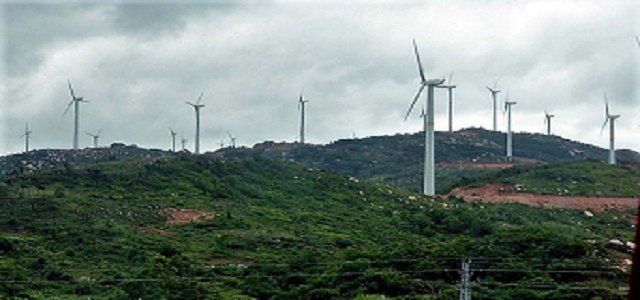The Green Climate Fund (GCF) was established in 2012 as a financial mechanism of the United Nations Framework Convention on Climate Change (UNFCCC), dedicated to addressing the climate crisis. The GCF is specifically mandated to promote country-driven, climate-resilient, and low-carbon development. It is expected to become a primary channel through which international public climate finance will flow over time.
To access support from the GCF for climate resilient water projects, countries need to present projects designed for impact – reflected through prioritized project ideas, clear climate rationale and contribution to the GCF investment framework criteria, packaged in compelling concept notes and comprehensive funding proposals.
However, capacity limitations constrain countries from identifying and preparing catalytic water projects. Limited understanding of the GCF’s funding modalities and proposal requirements pose further barriers for countries wishing to access GCF resources for adaptation planning and climate resilience projects.
Technical assistance and south-south exchange can enable developing countries to prepare well-prioritised climate resilience water projects that can secure funding from the GCF. Countries are seeking clarification on the structured, yet evolving GCF funding modalities, especially around enhanced direct access, GCF financing instruments, and GCF project proposal requirements.
Despite obvious and mounting needs for climate resilience water investments, the existence of prioritized water-related climate action in countries’ Nationally Determined Contributions (NDCs) and National Adaptation Plans (NAPs), the presence of strong political will, and the availability of both public and private finance, including climate finance, iimplementation of climate change-targeting water investments remains far below levels needed across Asia to ensure resilience of the continent’s populations, its economies, livelihoods, and ecosystems.
In a context of increasingly sophisticated analytical methods and constantly evolving technology, Asian countries find that gaps in data availability and limitations in technical capacity constrain their ability to establish a clear climate rationale for GCF water project proposals. Countries need urgent support to build capacities required to design climate resilience water projects and articulate a strong climate change rationale to justify investment by the GCF.
Importantly, climate funds such as the GCF have stringent mandates to specifically support the incremental costs of climate impacts. Projects that deliver non-climate, solely development benefits require co-financing from other sources such as government or the private sector. Limited understanding of GCF financing instruments and inexperience in structuring project finance pose further barriers in accessing required resources.
Further, the wide range of water projects through which climate resilience could potentially be built is often overlooked. Projects on water supply, sanitation, drainage, flood management, drought protection, watershed management, coastal zone management, irrigation, and power generation could potentially be supported through a water portfolio of various climate funds, because of their contribution to building resilience in economies, livelihoods, and ecosystems. Water projects could involve building new infrastructure, managing and conserving natural infrastructure, strengthening supporting institutions, and establishing information systems. Projects could be designed at different scales – local, national, transboundary, or a combination thereof.
Due to low in-country capacity, the wide-ranging opportunities to build resilience through water projects are often not considered during project preparation and design.
As countries seek to accelerate adaptation implementation and pursue low carbon development, they urgently need strategic and technical support to design and execute priority climate resilient water projects.

